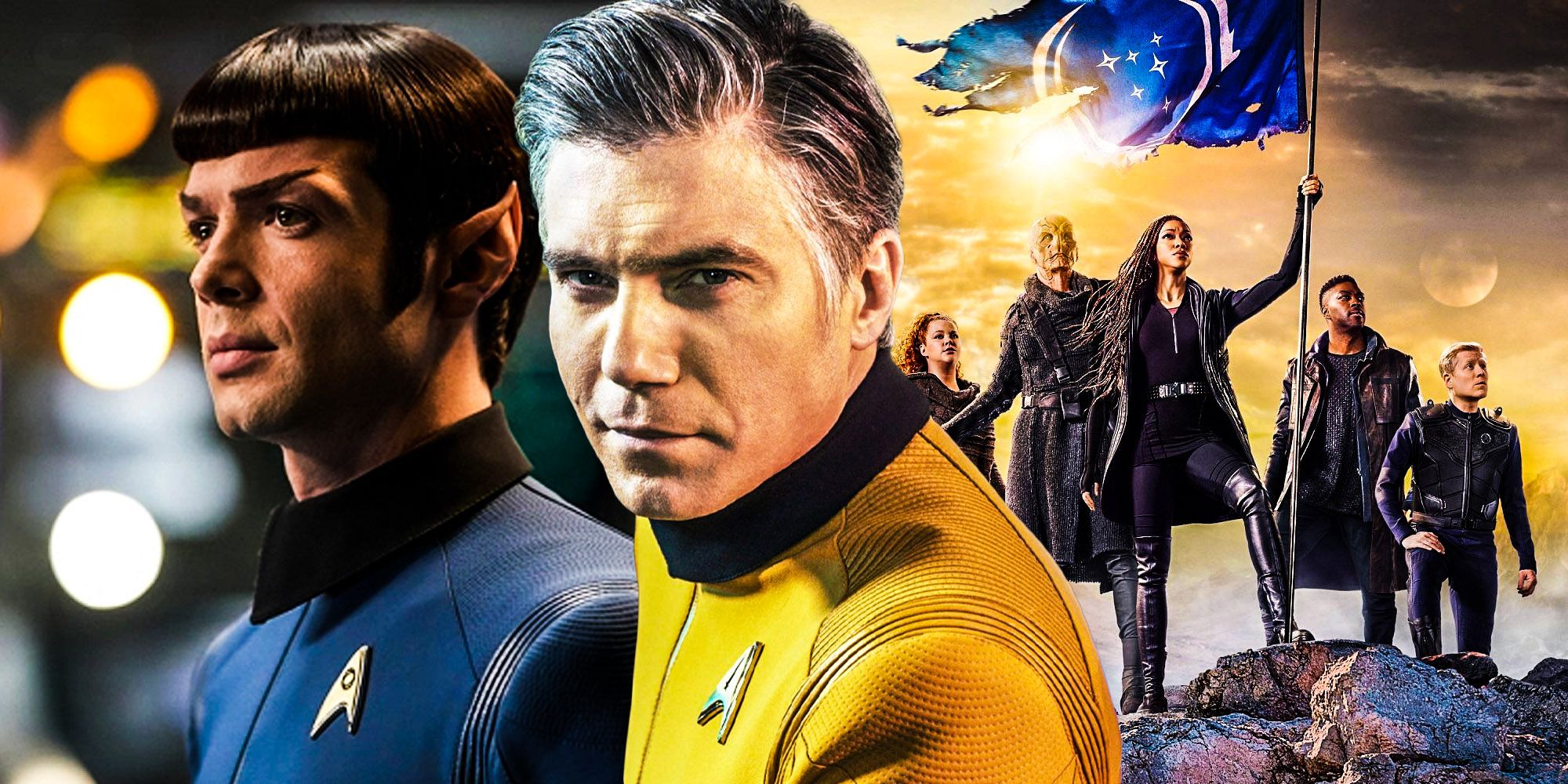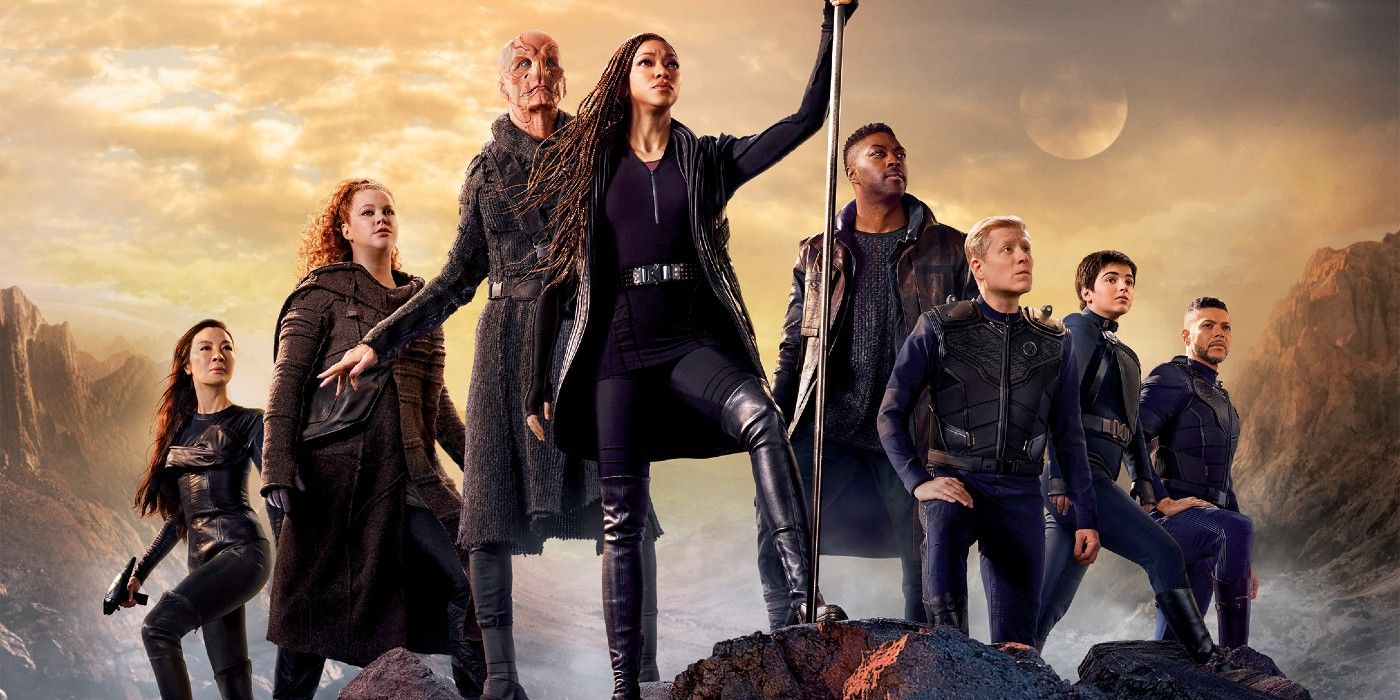Star Trek: Discovery's first two seasons were set in the 23rd century, but the show left this time period behind in season 3, which ended up being a smart choice. Discovery premiered in 2017 and now streams on Paramount+. The show was the first Star Trek TV series to be produced in twelve years and began a new era for the franchise. Discovery's first two seasons were set about ten years before the events of The Original Series and focused on Michael Burnham and the crew of the USS Discovery, functioning as a prequel to TOS and much of the franchise.
Season 1 of Discovery dealt with the events of the Klingon War, while season 2 explored the mysterious Red Angel and Starfleet's battle against Control. Because they were set in a well-trodden time period for Star Trek, Discovery's first two seasons took the opportunity to include many references and cameos from other parts of the franchise. These included plot points like the Klingon War or the Mirror Universe, and the appearance of characters like Sarek, Spock, and Captain Christopher Pike. These references and cameos were generally well-received, but praise for Discovery really skyrocketed in its third season, when the show chose to leave the safety of the 23rd century and venture into uncharted territory.
At the end of season 2, the USS Discovery made a 930-year time jump into the future, ending up in the 32nd century. This jump fixed several plot holes that Discovery's first two seasons had created and also resolved an issue the show would have increasingly run into: too much overlap with already-established canon. While the season 2 appearances of characters like Pike and Spock were fun additions, any more overlap would have also caused more continuity issues with things like the Spore Drive or retconning in Michael Burnham as Spock's adoptive sister. The Discovery season 2 finale resolved both these issues while preventing more from cropping up, and provided the show with the freedom to start fresh in a new time period.
The 32nd century is also farther than any other Star Trek series had explored before, so Discovery season 3 established some new, fascinating canon like The Burn. This storyline provided Discovery with a way to explore a dystopian future for Earth and the Federation, something not often seen in the Star Trek franchise. Of course, the show did not abandon its tradition of staying connected to the wider universe and made sure it continued to include references to established canon, like the appearances of the Trill or the Vulcans. These storylines made Discovery's third season the best yet, but none of it would have been possible if the show had not left the 23rd century behind.
At the end of season 2, Discovery's creative team made it clear all subsequent seasons would be set in the far future. From what viewers saw in season 3, the 32nd century has much potential for future storylines, making this decision a good one on the part of the writers. The 23rd century has a well-established history in canon, and while Star Trek: Discovery added to that history in some significant ways, allowing the show an unexplored Star Trek time period to play with has proven to be the better choice.


